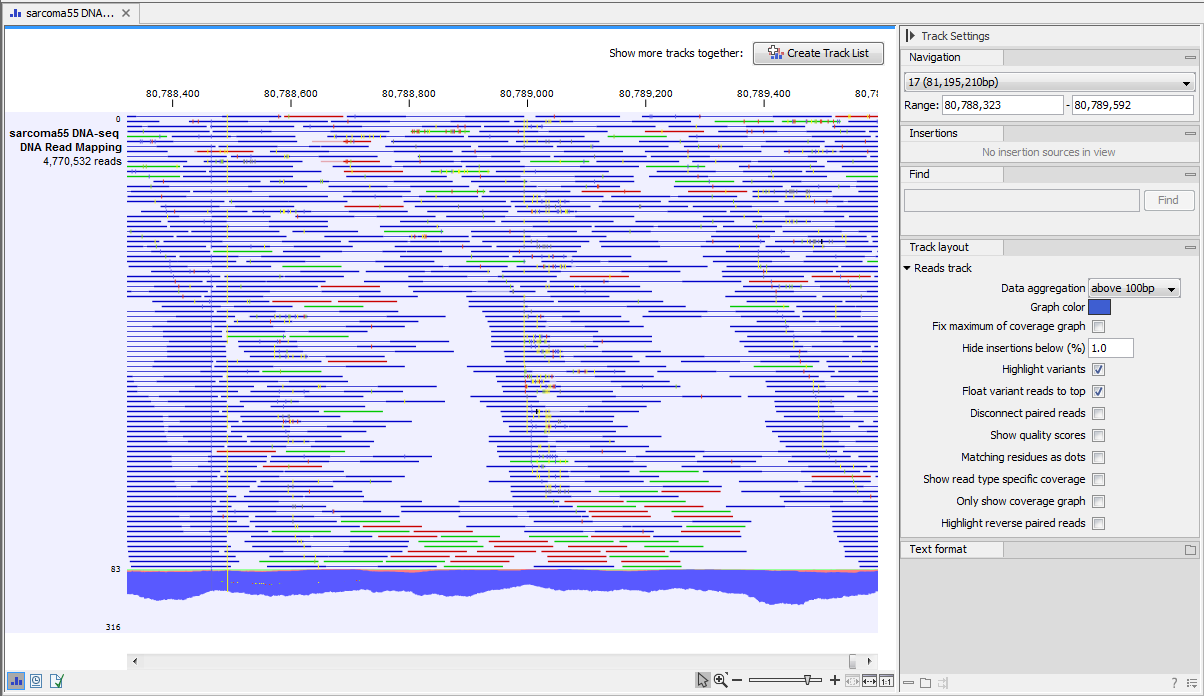
Such information will further facilitate the development of new strategies to combat malaria and other mosquito-borne diseases. Recent application of next-generation sequencing technologies to mosquito genomics offers exciting opportunities to expand our understanding of mosquito biology in many important vector species and harness the power of comparative genomics. Publication and availability of the Anopheles gambiae genome sequence accelerated research that has not only enhanced our basic understanding of vector genetics, behavior, and physiology and roles in transmission, but also contributed to new strategies for combating malaria. Mosquitoes in the genus Anopheles are the primary vectors of human malaria parasites and the resulting disease is one of the most deadly and costly in history. RNA-seq analysis and studies of immunity genes offer new insights into mosquito biology and mosquito-parasite interactions. Chromosome-based investigations provide unique perspectives on Anopheles chromosome evolution. The genome analysis described in this manuscript provides a resource and platform for fundamental and translational research into a major urban malaria vector. RNA-seq analyses provide new insights into mosquito innate immunity, development, and sexual dimorphism. Interspersed repeats constitute 7.1% of the assembled genome while LTR retrotransposons alone comprise more than 49% of the Y contigs.

We also identify a number of Y-chromosome contigs and BACs. stephensi has more heterochromatin in pericentric regions but less repetitive DNA in chromosome arms than An. gambiae reveal that the rate of gene order reshuffling on the X chromosome was three times higher than that on the autosomes. Physical mapping assigned 62% of the genome onto chromosomes, enabling chromosome-based analysis. The 221 Mb genome assembly represents more than 92% of the entire genome and was produced using a combination of 454, Illumina, and PacBio sequencing. Here, we report the genome sequence and annotation of the Indian strain of the type form of An. The type form of the species is responsible for the majority of urban malaria transmission across its range.

Anopheles stephensi is the key vector of malaria throughout the Indian subcontinent and Middle East and an emerging model for molecular and genetic studies of mosquito-parasite interactions.


 0 kommentar(er)
0 kommentar(er)
